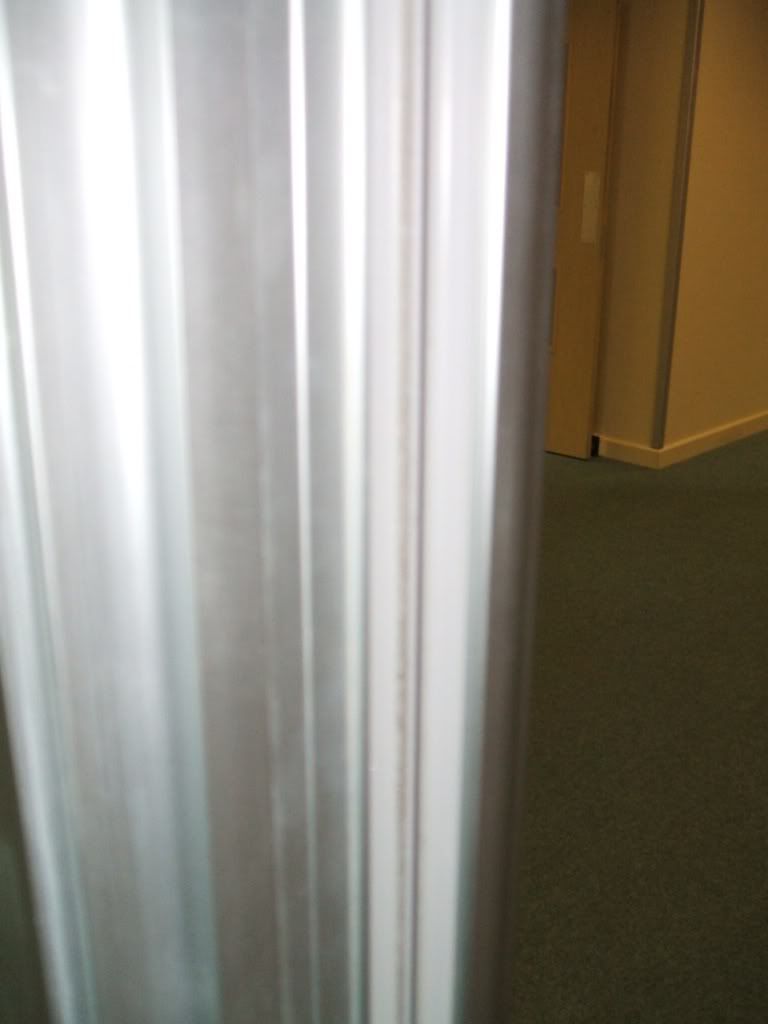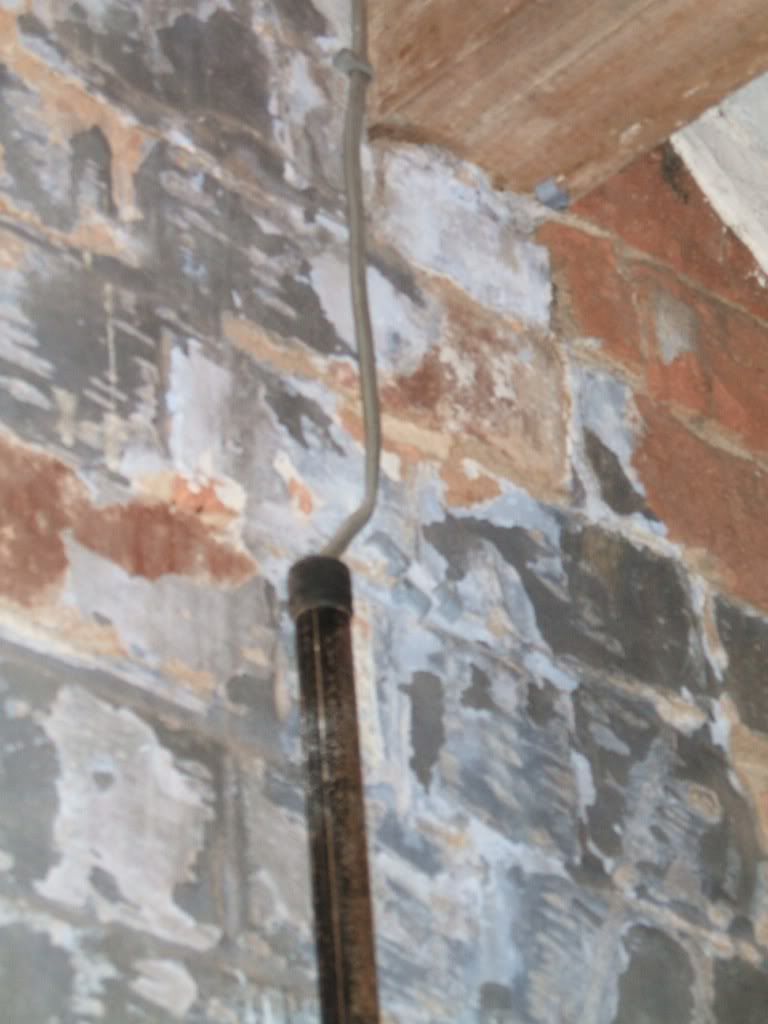I've recently visited a mill site in Notts that is now in multi-occupancy but in it's former life for over 100 years was a shirt manufacturers.
It is a nightmare of a site with lots of compartment wall & floor holes, original wooden flooring & joists and unprotected steel beams. Original fire doors are rebated with asbestolux or similar panels screwed on 7 the new ones are not rebated, but have either no seal and gaps or one centre seal
The fire alarm is in standard twin & earth cable except for some of the sounder circuits and there is no AFD except to one floor of a separate panel and on most floors sprinklers are out of use (still fitted though above false ceiling).
The new owner has inherited this state of affairs.
Now the main question is - did shirt manufacture use any flammable oils or lacquers that over the decades will have soaked into the floor making it even more hazardous than it already is???
BTW - these aren't intumescent seals are they - they look like cushion strips to stop the door slamming?

All call points are wired like this as are some bells. Electronic sounders are fire cabling albeit old.

This is the fire alarm(s), old remote link & sprinklers link to fire service - new panel (8 zone IP with 1 zone used) in fire cabling, old panel (24 zone, 15 used) and its three battery boxes all wires in twin & earth (except 3 sounder circuits)




